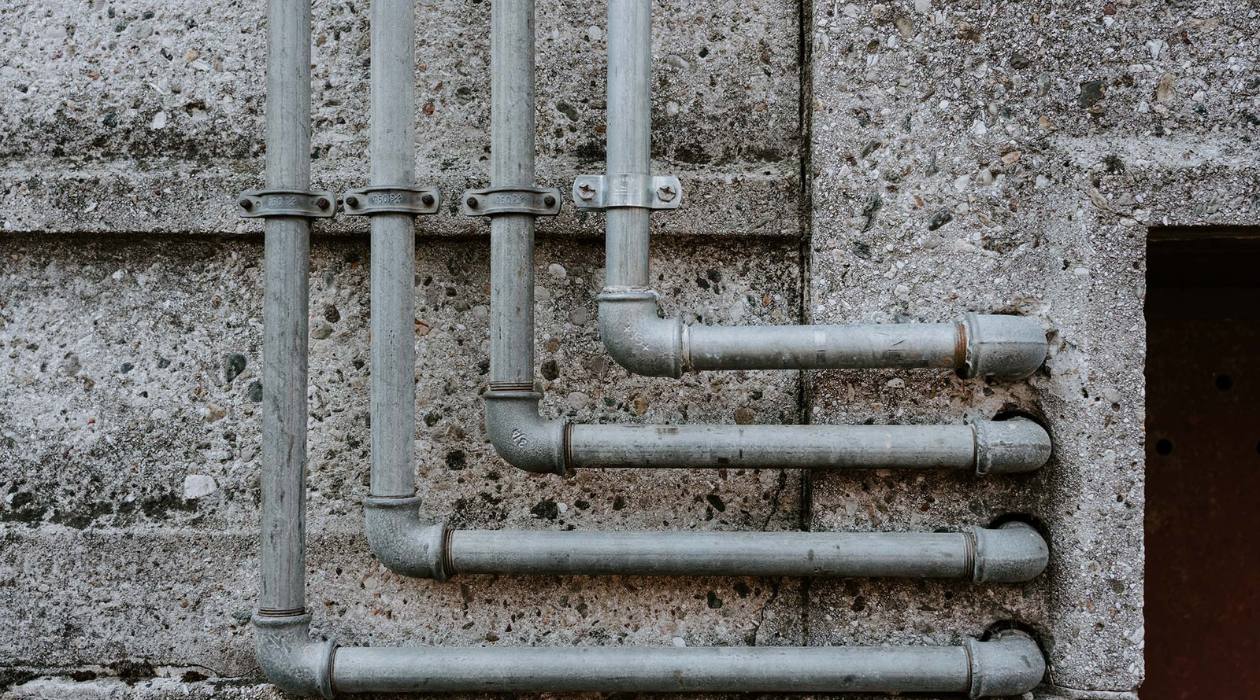

Articles
When Was Poly B Plumbing Used
Modified: August 28, 2024
Learn about the history and uses of Poly B plumbing in this informative article. Discover when this popular plumbing material was commonly employed in construction.
(Many of the links in this article redirect to a specific reviewed product. Your purchase of these products through affiliate links helps to generate commission for Storables.com, at no extra cost. Learn more)
Introduction
Poly B plumbing is a type of piping system that was commonly used in residential and commercial buildings in the late 1970s and 1980s. It gained popularity due to its affordability and ease of installation, but over time, several issues have emerged with this type of plumbing system. In this article, we will delve into the details of Poly B plumbing, its history, applications, advantages, and disadvantages. We will also discuss how to recognize Poly B plumbing and explore replacement options for this outdated system.
If you own a property from the era when Poly B plumbing was popular, it is crucial to understand its potential drawbacks and consider the best course of action to ensure the longevity and safety of your plumbing system. So, let’s get started by understanding what exactly Poly B plumbing is.
Key Takeaways:
- Poly B plumbing, once popular for its affordability and flexibility, has become notorious for leaks, pipe failures, and legal concerns. Recognizing its presence and considering replacement options are crucial for homeowners and property owners.
- Copper, PEX, and CPVC piping are reliable alternatives for replacing Poly B plumbing, offering durability and resistance to corrosion. Consulting with a professional is essential to determine the best replacement option based on specific needs and budget.
Read more: When Did They Start Using PVC For Plumbing
What is Poly B Plumbing?
Poly B, short for polybutylene, is a plastic piping material that was widely used in plumbing systems during the late 1970s and early 1980s. It was primarily chosen for its affordability, flexibility, and ease of installation. Poly B pipes are made from a plastic resin called polybutylene, which is a low-cost material with good resistance to chemicals and heat.
Poly B plumbing systems consist of flexible pipes, typically blue for cold water and gray for hot water, along with a variety of fittings and connectors. These pipes were commonly used for both residential and commercial plumbing applications, including water supply lines, hot water heating systems, and even underground irrigation systems. Poly B pipes were touted as a durable and cost-effective alternative to traditional copper and galvanized steel pipes.
One of the main advantages of Poly B plumbing is its flexibility, which allows for easy routing and installation in tight spaces. The lightweight nature of the pipes also made them convenient to handle during the installation process. Moreover, Poly B pipes were resistant to corrosion and scaling, which were common issues with metal pipes at the time.
However, despite its initial popularity, Poly B plumbing has become notorious for its long-term reliability issues. Over time, numerous cases of unexpected leaks, pipe failures, and water damage associated with Poly B pipes have surfaced. These issues have led to the decline in the use of Poly B plumbing and increased concerns among property owners.
Now that we have a basic understanding of Poly B plumbing, let’s delve into its history and how it came into widespread use.
History of Poly B Plumbing
The history of Poly B plumbing dates back to the late 1970s when it was introduced as a cost-effective alternative to traditional plumbing materials like copper and steel. It was initially used extensively in the United States and later gained popularity in Canada and other parts of the world.
The rise of Poly B plumbing can be attributed to the increasing cost of copper, which made it less affordable for builders and homeowners. Polybutylene, the material used in Poly B pipes, was not only cheaper but also easier to work with and offered excellent resistance to chemicals and heat.
In the 1980s, Poly B plumbing reached its peak usage as it was widely marketed as a reliable and durable solution for plumbing needs. Builders and homeowners alike were drawn to its affordability and the ease with which it could be installed compared to traditional pipe materials.
However, as time went on, reports of problems with Poly B plumbing started to surface. These issues included leaks, pipe failures, and instances of extensive water damage. Investigations revealed that various factors, such as exposure to chlorine, high water pressure, and age-related degradation of the pipes, contributed to the failures.
In response to the growing concerns, a series of class-action lawsuits were filed against the manufacturers of Poly B plumbing systems. These lawsuits alleged that the manufacturers failed to properly design, manufacture, and test the pipes, resulting in widespread problems and financial losses for property owners.
In the early 1990s, as the lawsuits piled up and the negative press surrounding Poly B plumbing grew, the use of Poly B pipes significantly declined. By the mid-1990s, most builders had stopped installing Poly B plumbing systems, and copper and other materials regained their dominance in the plumbing industry.
Today, Poly B plumbing is considered an outdated and problematic plumbing system, and many homeowners and property owners are opting to replace it with more reliable and durable alternatives.
Now that we have explored the history of Poly B plumbing, let’s move on to understand the various applications for which it was commonly used.
Applications of Poly B Plumbing
Poly B plumbing was widely used for various applications in residential and commercial buildings during its heyday in the late 1970s and 1980s. Its affordable price and ease of installation made it an attractive option for builders and homeowners. Let’s explore some of the common applications of Poly B plumbing:
- Water Supply lines: Poly B pipes were commonly used for water supply lines, both for hot and cold water. The flexible nature of the pipes allowed for easy routing and installation in walls, floors, and ceilings.
- Hot Water Heating Systems: Poly B plumbing was utilized in hot water heating systems, including radiators, underfloor heating, and baseboard heaters. The plastic pipes were able to handle the high temperatures associated with heating without corroding.
- Irrigation Systems: Poly B pipes were also used for underground irrigation systems, as they were resistant to chemicals and were able to withstand the moisture and varying weather conditions.
- Water Distribution in Mobile Homes: Due to its flexibility and cost-effectiveness, Poly B plumbing systems were commonly used in mobile homes and manufactured housing for water distribution.
- Commercial Buildings: Poly B plumbing found its way into commercial buildings, including offices, apartments, and hotels, where it was used for water supply and heating systems.
These are just a few examples of the applications where Poly B plumbing was commonly used. The versatility of the system made it an attractive option for many builders and homeowners at the time.
However, while Poly B plumbing offered convenience and cost savings initially, it also came with its fair share of disadvantages and complications, which we will explore in the next section.
Advantages and Disadvantages of Poly B Plumbing
Poly B plumbing, despite its popularity during the 1970s and 1980s, has both advantages and disadvantages. Understanding these pros and cons is essential for homeowners and property owners considering the potential risks and benefits associated with this type of plumbing system.
Read more: When Did They Stop Using Cast Iron Plumbing
Advantages:
- Affordability: One of the primary advantages of Poly B plumbing is its low cost. Compared to traditional materials like copper, Poly B pipes are significantly cheaper, making them an attractive option for builders and homeowners on a tight budget.
- Flexibility: Poly B pipes are highly flexible, allowing for easy installation in tight spaces, corners, and around obstacles. This flexibility reduces the need for additional fittings and connectors, making installation faster and more straightforward.
- Resistance to corrosion: Unlike metal pipes, Poly B plumbing is resistant to corrosion and scaling. This attribute was particularly appealing in areas with hard water or aggressive water chemistry, as it reduced the risk of pipe deterioration over time.
Disadvantages:
- Prone to deterioration: One of the main disadvantages of Poly B plumbing is that it is susceptible to deterioration over time. Exposure to chlorine and other chemicals, along with high water pressure, can cause the pipes to become brittle and develop cracks, leading to leaks and pipe failures.
- Legal and insurance concerns: Due to the significant issues associated with Poly B plumbing, some insurance companies have been reluctant to provide coverage for properties with this type of plumbing. In addition, pending or settled lawsuits related to Poly B plumbing may affect the property’s value and legal obligations.
- Reduced lifespan: Poly B plumbing generally has a shorter lifespan compared to materials like copper. The degradation of the pipes over time, coupled with the potential for leaks and failures, means that homeowners may need to replace the entire plumbing system sooner than anticipated.
- Difficulties in finding replacement parts: With the decline in the use of Poly B plumbing, finding suitable replacement parts can be challenging. This can lead to additional expenses and potential complications during repairs or renovations.
It is important to weigh these advantages and disadvantages carefully when evaluating the condition and potential risks of a Poly B plumbing system. Understanding the drawbacks can help homeowners and property owners make informed decisions about whether to keep the existing Poly B plumbing, perform repairs, or pursue replacement options, as we will explore later in this article.
Recognizing Poly B Plumbing
Recognizing whether your property has Poly B plumbing is crucial, especially if you are experiencing plumbing issues or planning renovations. Here are some key indicators to help you identify if you have Poly B plumbing:
Pipe Material and Color:
Poly B pipes are typically made of a gray or blue plastic material. The color-coding helps differentiate between hot and cold water lines. Gray pipes are commonly used for hot water, while blue pipes are used for cold water. If you notice these colored plastic pipes in your plumbing system, there is a possibility that you have Poly B plumbing.
Read more: Oral-B Toothbrush: How To Use
Stamped Markings:
Poly B pipes often have markings stamped on the pipes themselves. These markings may include the words “PB2110” or “Poly B.” Look for these markings on exposed pipes in basements, utility rooms, or other accessible areas of your property.
Connections and Fittings:
Poly B plumbing typically utilizes plastic or metal fittings, connectors, and valves. These fittings may be gray or beige in color and are often used to join the sections of Poly B pipes. Inspect the visible plumbing connections in your property and take note of any plastic or metal fittings that resemble those commonly associated with Poly B plumbing systems.
Installation Era:
If your property was built or underwent significant renovations during the late 1970s or 1980s, there is a higher likelihood that it may have Poly B plumbing. Understanding the construction or renovation history of your property can provide valuable information about the plumbing system in place.
While these indicators can help you identify potential Poly B plumbing, it is important to note that a professional inspection by a qualified plumber or building professional is necessary to confirm the presence and condition of Poly B plumbing in your property.
Now that we have covered how to recognize Poly B plumbing, let’s explore some of the common issues associated with this type of plumbing system.
Common Issues with Poly B Plumbing
Poly B plumbing has gained notoriety due to several common issues that can arise with this type of plumbing system. Understanding these issues is crucial for homeowners and property owners to address potential risks and take appropriate action. Here are some of the most common issues associated with Poly B plumbing:
Read more: How To Use B Coffee Machine
Leaks and Pipe Failures:
Poly B pipes have been known to develop unexpected leaks and pipe failures. Over time, the pipes can become brittle and develop small cracks, which can eventually lead to significant leaks. These leaks can result in water damage and a higher risk of mold growth, causing significant property damage and potential health hazards.
Deterioration from Chemical Exposure:
Poly B pipes are susceptible to degradation when exposed to certain chemicals, such as chlorine, which is commonly found in household water supplies. The chlorine reacts with the polybutylene material, causing it to become brittle and prone to failure. This deterioration can occur internally, making it difficult to detect until leaks or pipe failures occur.
High Water Pressure Issues:
Excessive water pressure can put significant stress on Poly B pipes, leading to an increased risk of leaks and failures. If your property has consistently high water pressure levels, it can accelerate the degradation of Poly B pipes and result in premature pipe failures.
Insurance and Legal Concerns:
Due to the widespread issues associated with Poly B plumbing, some insurance companies may be hesitant to provide coverage for properties with this type of plumbing. Additionally, pending or settled lawsuits related to Poly B plumbing can affect homeowners’ insurance claims and legal obligations, potentially leading to financial and legal complications.
Read more: What Is ABS Used For In Plumbing
Finding Replacement Parts:
As Poly B plumbing has fallen out of favor, finding compatible replacement parts can be a challenge. This can make repairs and maintenance more difficult and costly, as it may require retrofitting or replacing the entire plumbing system.
If you are experiencing any of these issues or suspect that you have Poly B plumbing in your property, it is recommended to consult with a qualified plumber or building professional to assess the condition of the plumbing system and discuss potential solutions.
Now, let’s move on to explore the available replacement options for Poly B plumbing.
Replacement Options for Poly B Plumbing
If you have identified Poly B plumbing in your property or are experiencing issues with your plumbing system, it is essential to consider replacement options to ensure the long-term reliability and safety of your plumbing. Here are some common replacement options for Poly B plumbing:
Copper Piping:
Replacing Poly B plumbing with copper pipes is a popular and reliable option. Copper pipes are durable, resistant to corrosion, and have a long lifespan. While copper pipes may be more expensive compared to Poly B plumbing, they provide peace of mind and can increase the value of your property.
PEX (Cross-linked Polyethylene) Piping:
PEX piping has gained popularity as a replacement option for Poly B plumbing. PEX pipes are flexible, making installation easier, and can be more cost-effective than copper. They are resistant to corrosion and offer excellent performance and durability. PEX piping is suitable for a wide range of plumbing applications and complies with industry standards.
Read more: What Is Flux Used For In Plumbing
CPVC (Chlorinated Polyvinyl Chloride) Piping:
CPVC piping is another option for replacing Poly B plumbing. It is a thermoplastic pipe that is resistant to corrosion and offers good durability. CPVC pipes are suitable for both cold and hot water systems and are relatively easy to install. While CPVC may not be as flexible as PEX, it is a reliable and cost-effective alternative.
Consult with a Professional:
It is crucial to consult with a professional plumber or building professional experienced in plumbing system replacements. They can assess your specific needs, evaluate the condition of your current plumbing system, and recommend the best replacement option based on your budget, property requirements, and local building codes.
When considering a replacement, it is also a good opportunity to address any underlying plumbing issues, such as high water pressure or inadequate insulation, that may have contributed to the problems associated with Poly B plumbing.
Remember, each property is unique, and the appropriate replacement option for Poly B plumbing may vary depending on various factors. It is recommended to thoroughly research and consider the long-term benefits, costs, and potential risks associated with each option before making a decision.
Now that we have explored replacement options, let’s conclude our article.
Conclusion
Poly B plumbing, once hailed as an affordable and convenient solution for water distribution, has shown significant issues and risks over time. While it offered advantages such as affordability, flexibility, and resistance to corrosion, it is important to be aware of the potential drawbacks and complications associated with this type of plumbing system.
Recognizing Poly B plumbing in your property is the first step in addressing potential issues. Look for the characteristic gray or blue plastic pipes, stamped markings, and plastic or metal fittings that may indicate the presence of Poly B plumbing. However, a professional inspection by a qualified plumber or building professional is necessary to confirm its presence and condition.
Poly B plumbing has been known to suffer from leaks, pipe failures, and deterioration from chemical exposure. These issues can lead to extensive water damage, health hazards, insurance and legal concerns, and difficulties in finding replacement parts. As a result, many homeowners and property owners opt for replacement options.
Copper, PEX, and CPVC piping are common alternatives for replacing Poly B plumbing. Each option has its advantages in terms of durability, resistance to corrosion, and cost-effectiveness. Consulting with a professional is crucial to determine the best replacement option based on your specific needs, budget, and local building codes.
Ultimately, the decision to replace Poly B plumbing should be made after considering the long-term reliability, safety, and potential costs associated with maintaining and repairing the existing system. Taking proactive measures to address any underlying plumbing concerns, such as high water pressure or inadequate insulation, can help prevent future issues.
In conclusion, it is essential for homeowners and property owners to stay informed about the advantages, disadvantages, and risks associated with Poly B plumbing. With proper knowledge and proactive action, you can ensure the longevity, reliability, and safety of your plumbing system.
Frequently Asked Questions about When Was Poly B Plumbing Used
Was this page helpful?
At Storables.com, we guarantee accurate and reliable information. Our content, validated by Expert Board Contributors, is crafted following stringent Editorial Policies. We're committed to providing you with well-researched, expert-backed insights for all your informational needs.
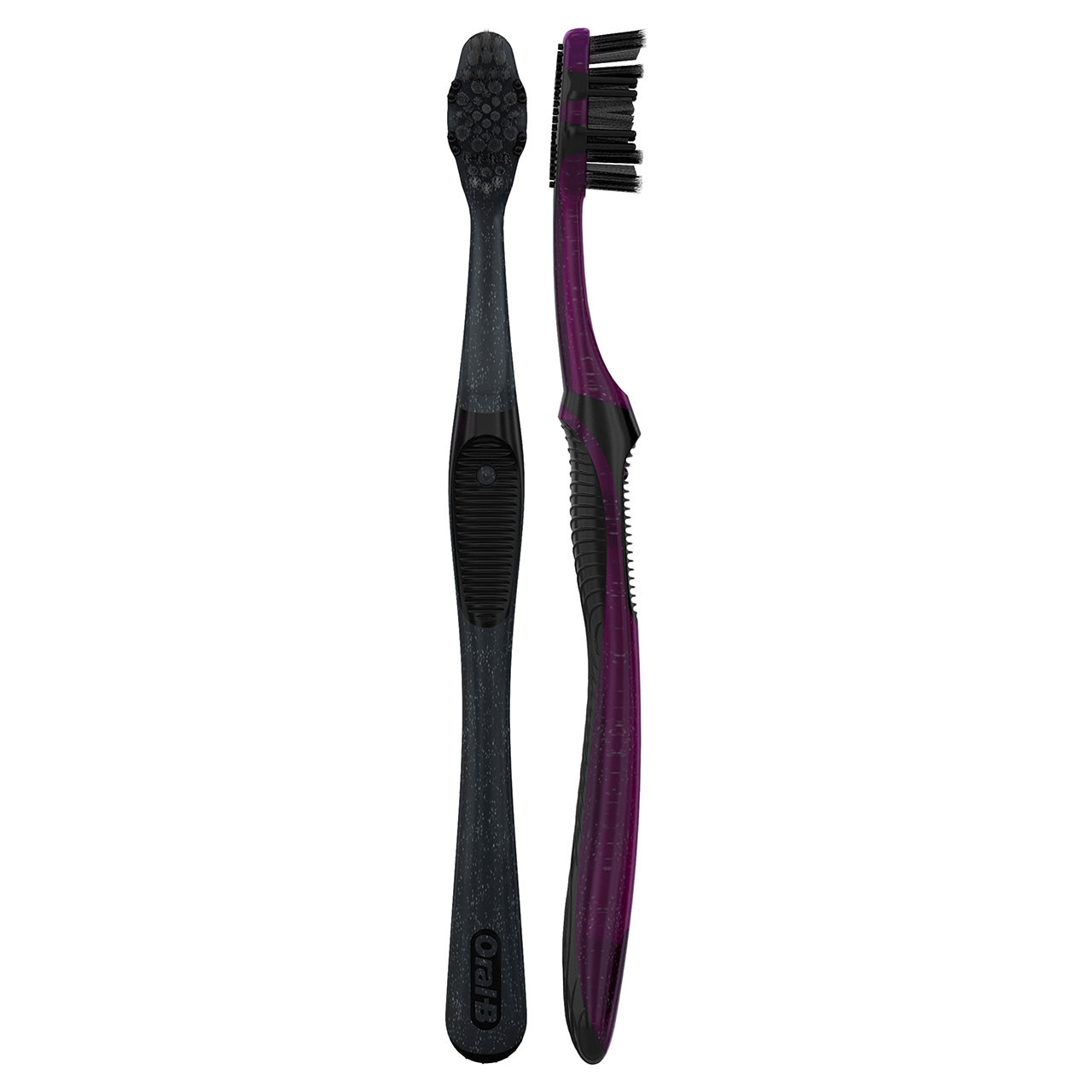
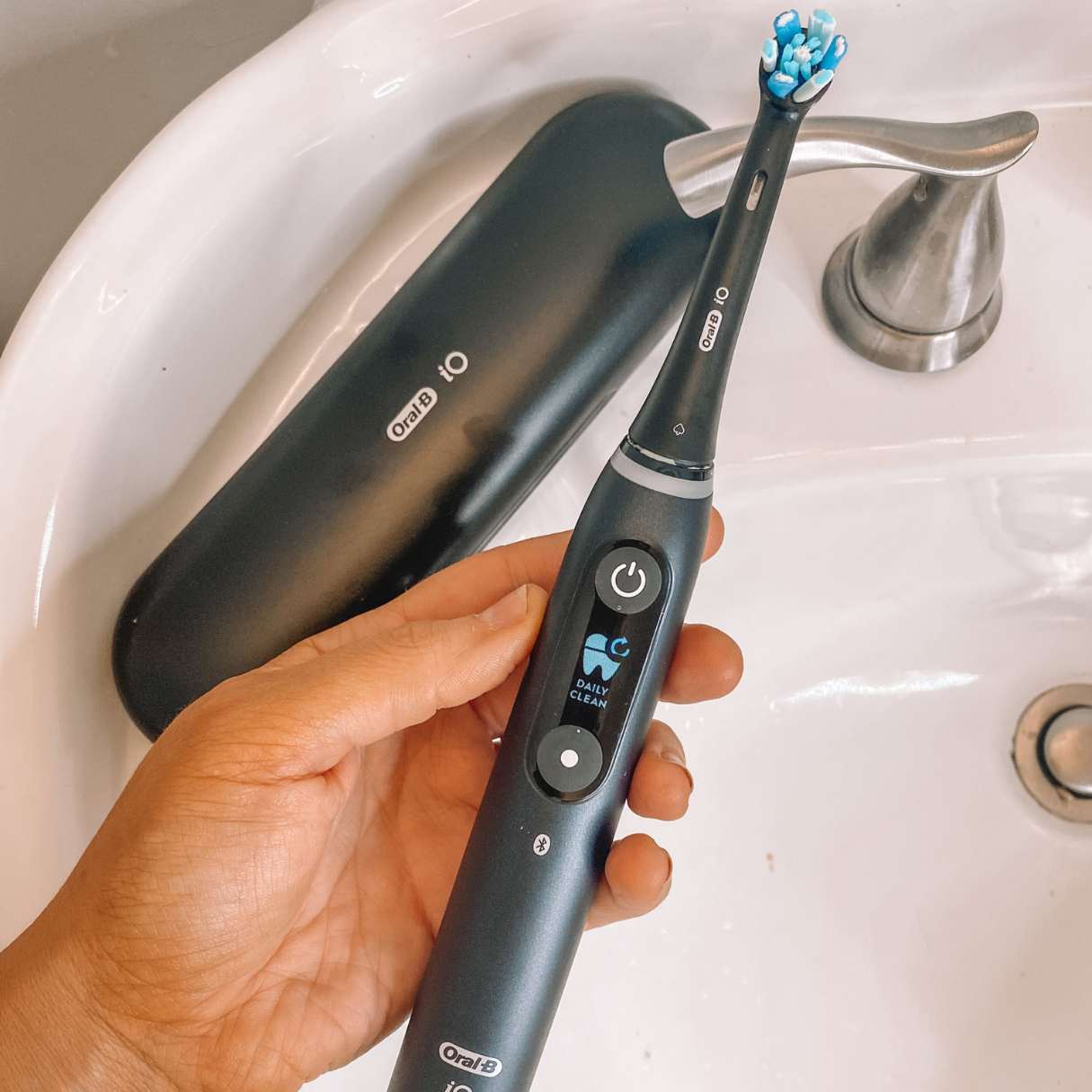
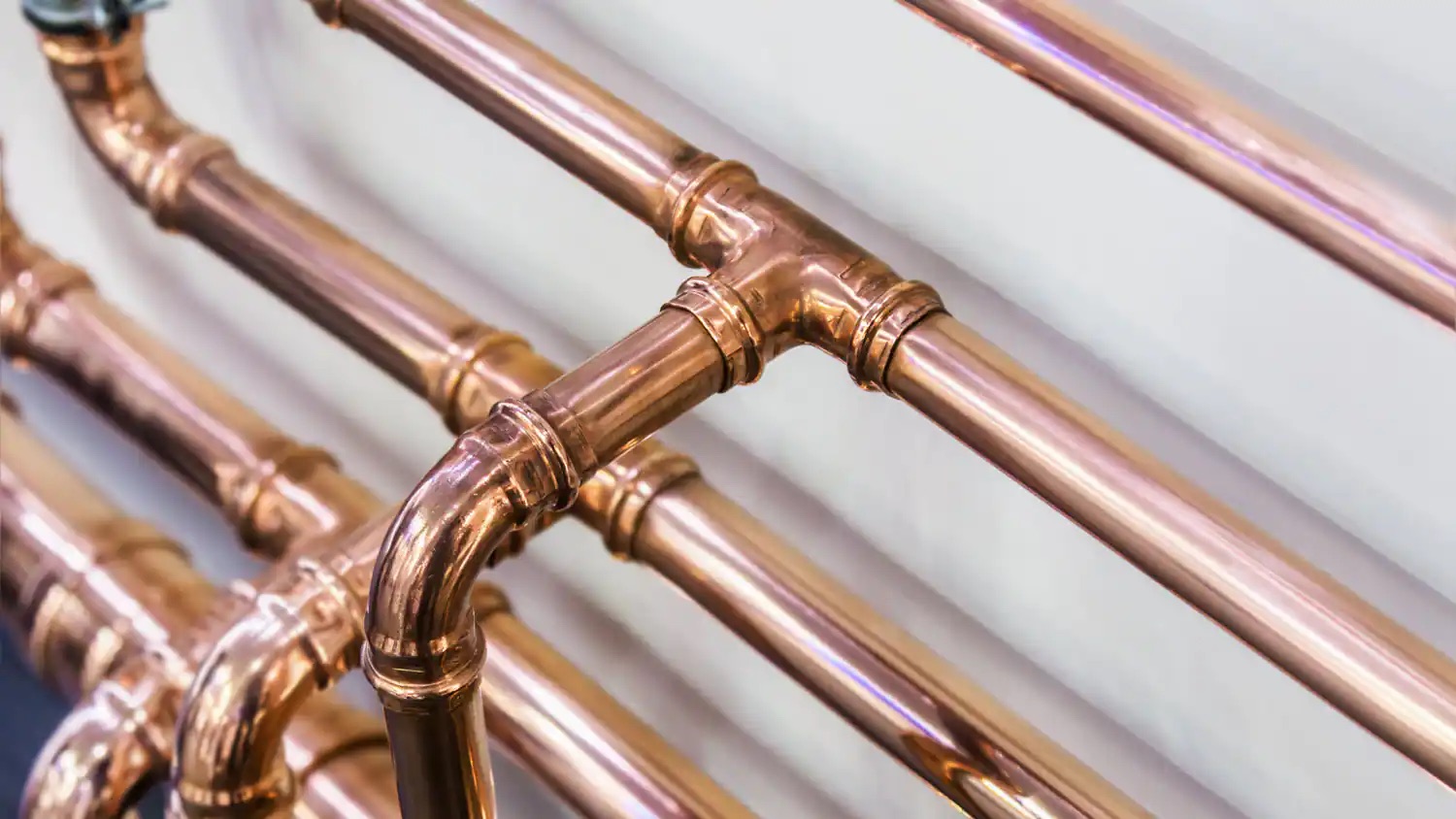

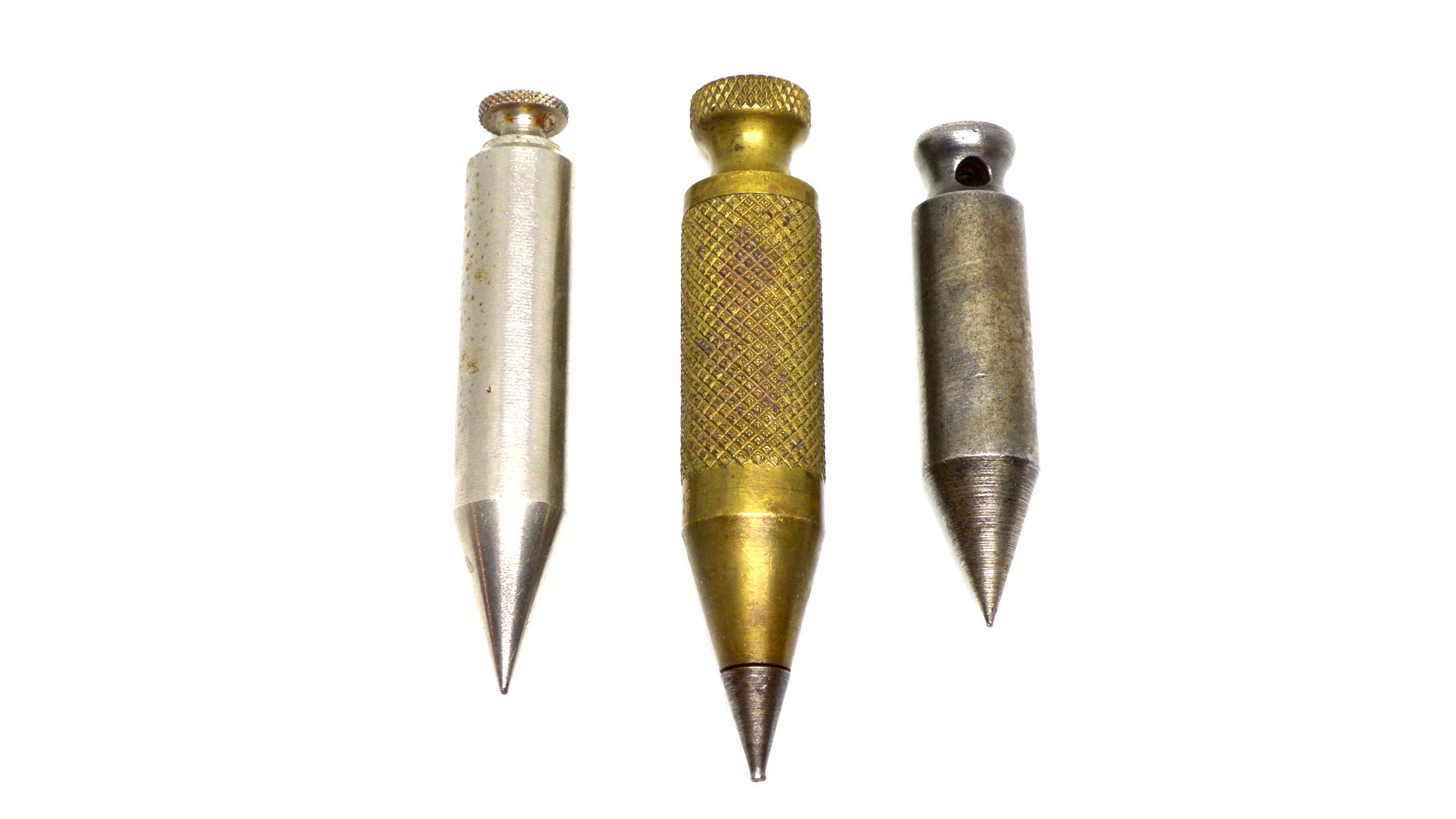
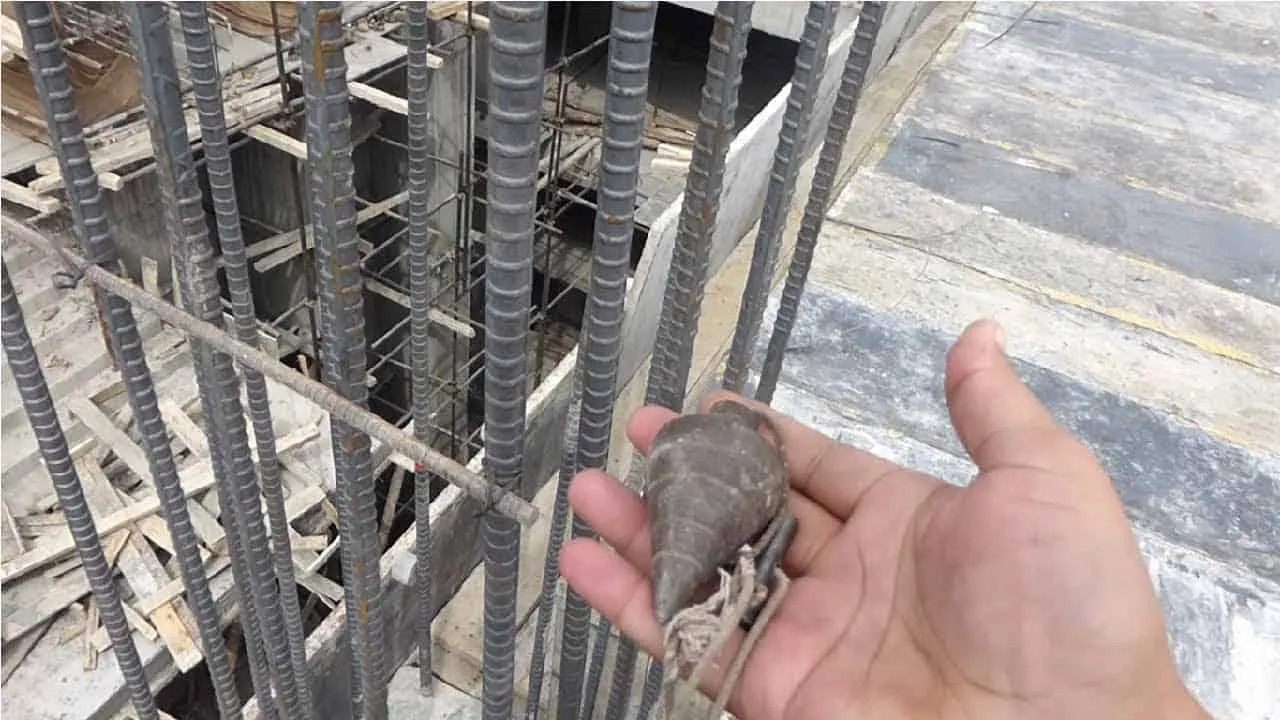
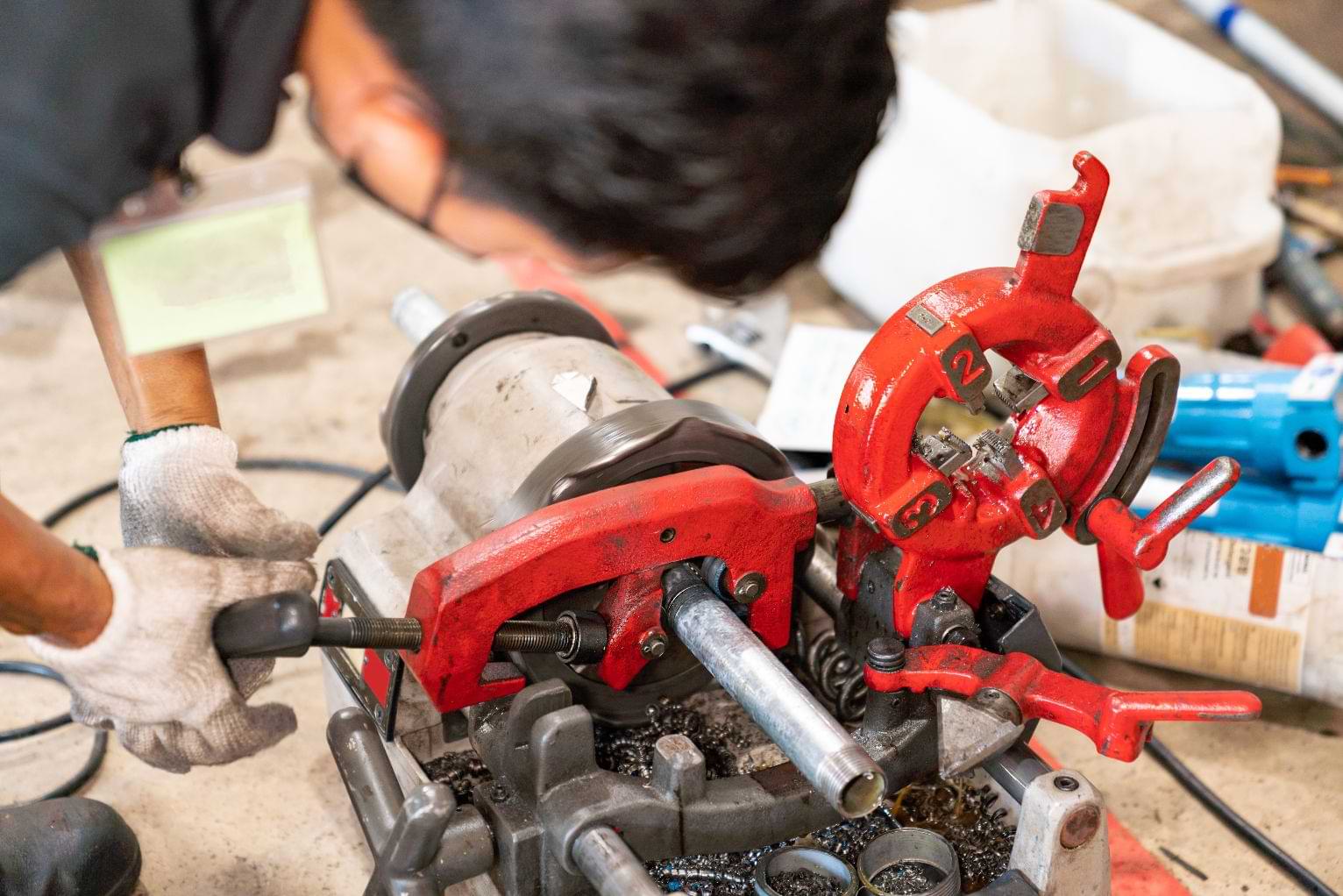
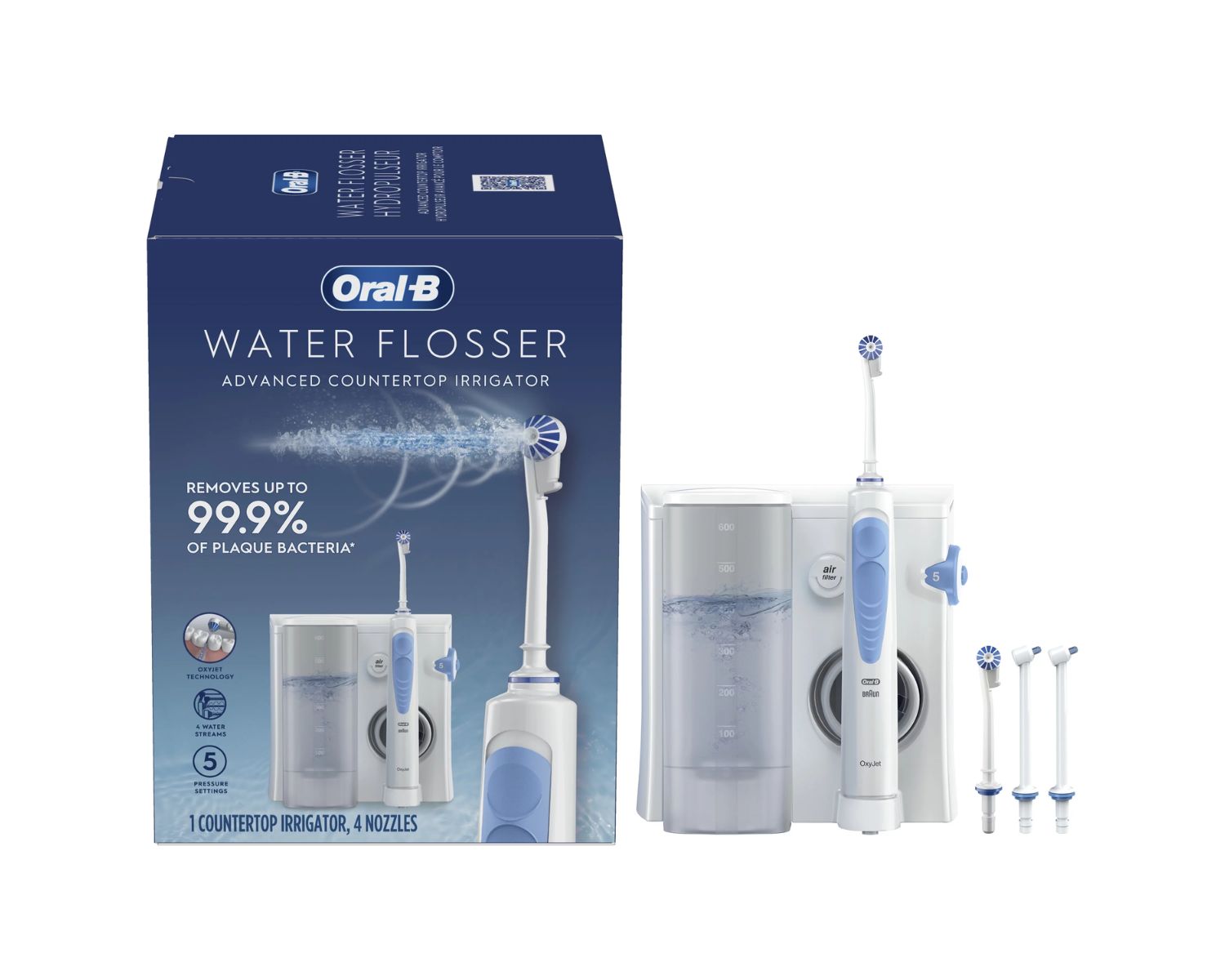
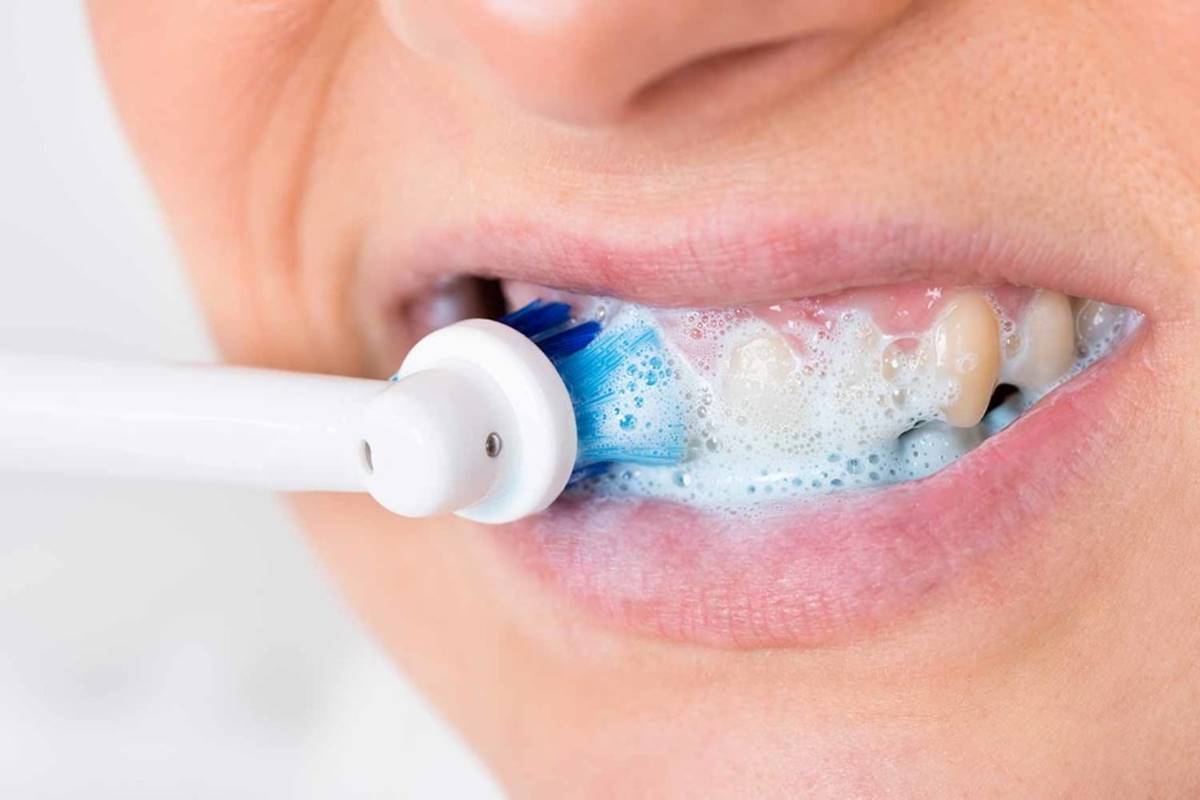
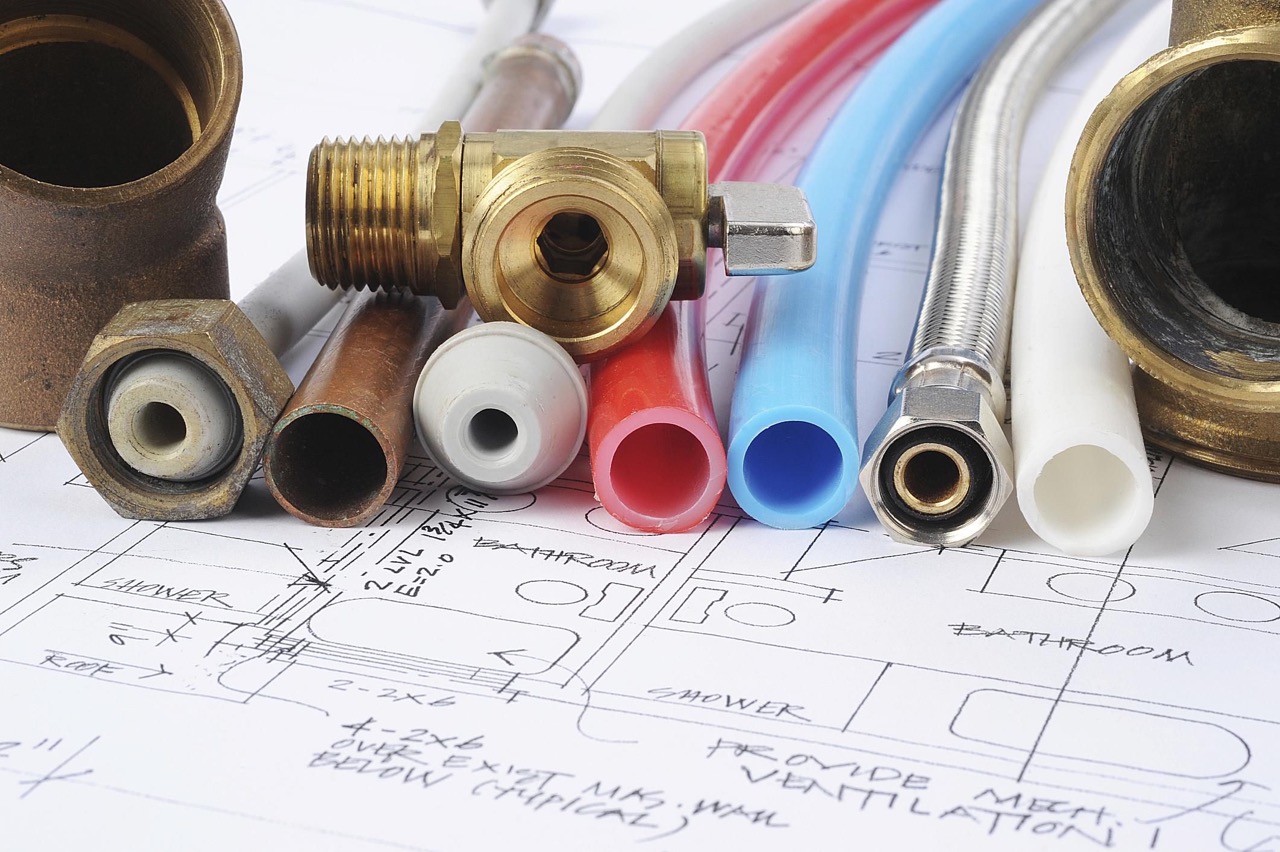

0 thoughts on “When Was Poly B Plumbing Used”